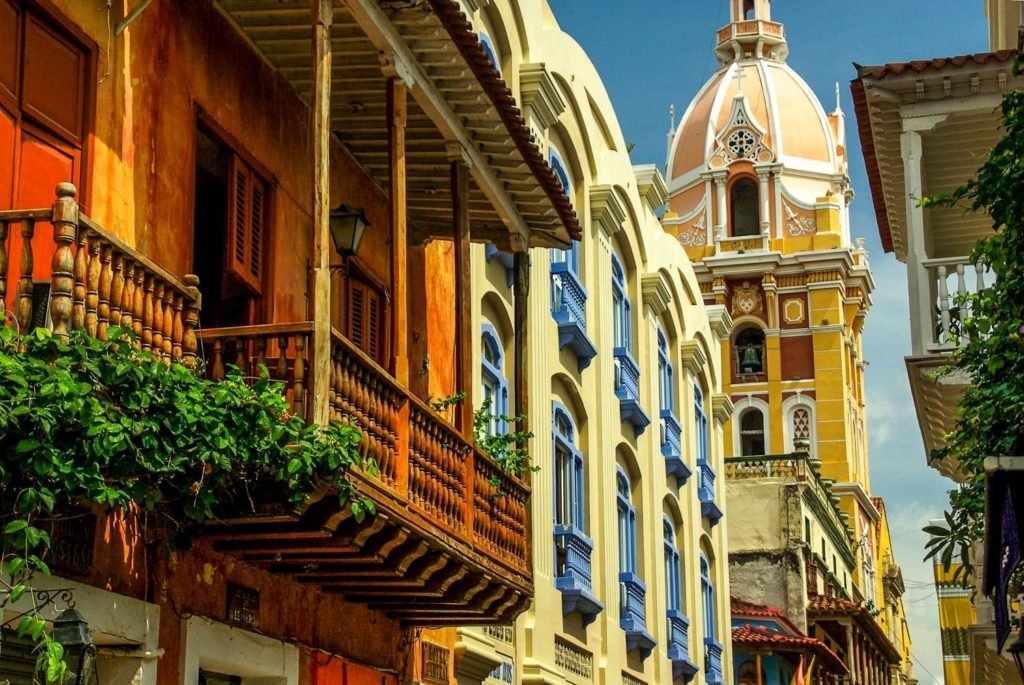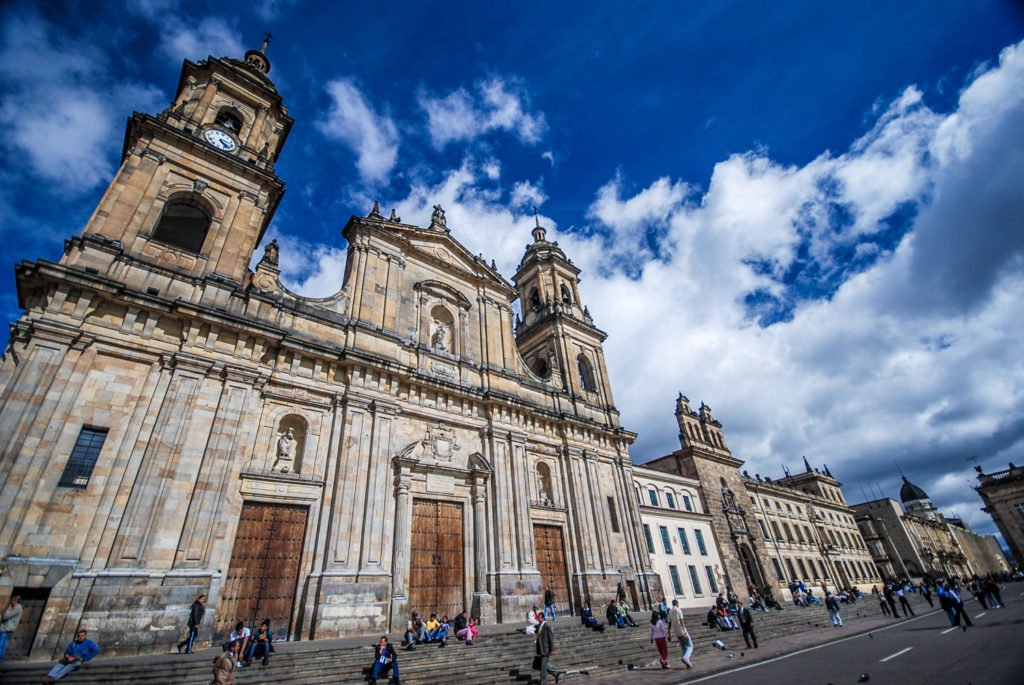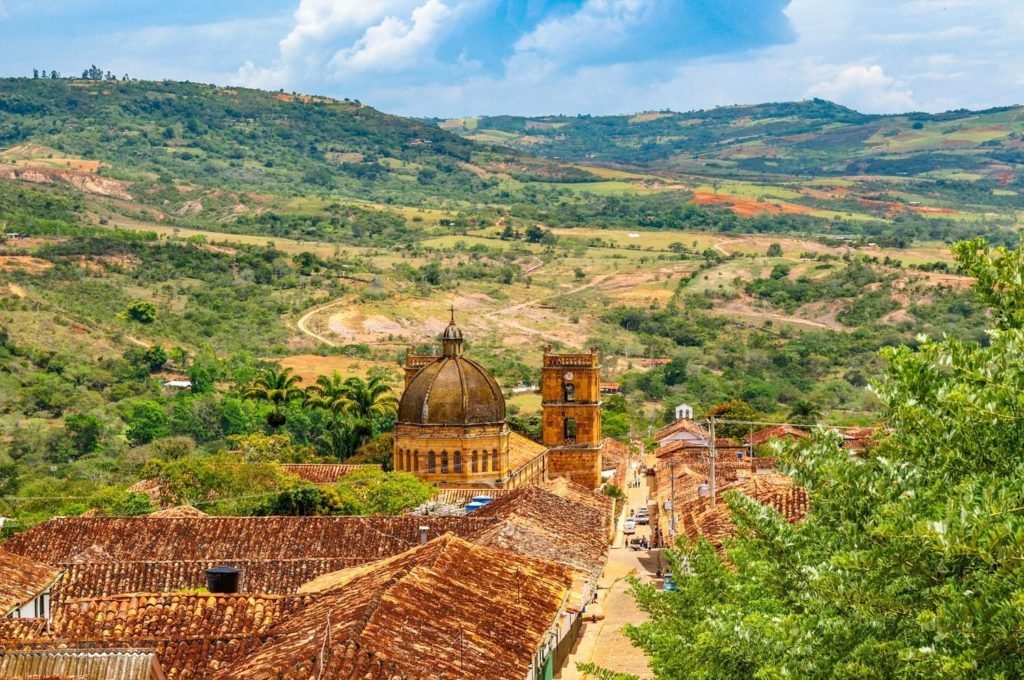Page Menu
The Pacific Coast of Colombia
Colombia’s Pacific Coast lies just west of the Cordillera Occidental—the westernmost branch of the Andes. The northern coast, where the Baudó Range crumbles into rugged coves and bays, is backed by some of the planet’s most biodiverse rainforest and mangrove habitat. To the south, countless rivers spill across a wide coastal plain.
Known as El Chocó, Colombia’s Pacific region remains largely uninhabited and undeveloped—most access is by air or sea. This remoteness is part of its magic: towering rainforests, empty beaches, and vibrant marine ecosystems.
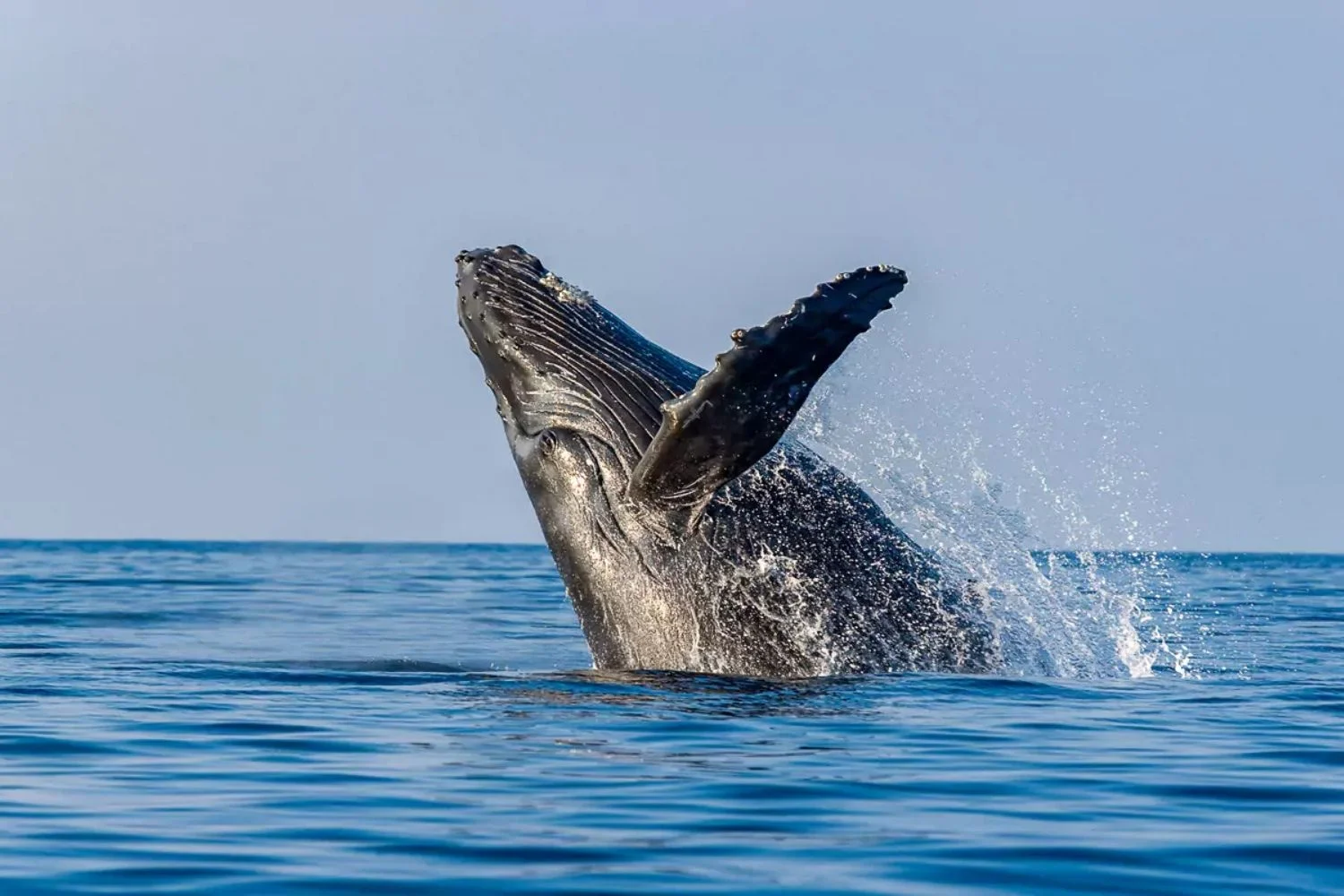
The coast’s largest settlement is Bahía Solano, sheltered in the Gulf of Cupica. Here, world-class catch-and-release sport fishing (May to September) and seasonal whale watching (July to October) draw nature enthusiasts. Bahia Solano is also flanked by excellent beaches, surf breaks, waterfalls, and hiking trails.
In the southern portion of Colombia’s pacific coast lies Parque Nacional Natural Ensenada de Utria, which preserves coral reef, mangrove estuary and tropical humid forest habitats. While Sea turtles nest here from September to December at Playa Almejal and Estacion Septiembre, the pacific’s greatest draw is its humpback whales. Esenada’s narrow inlet is one of the best places on earth to see these migrating giants from land.
El Choco Rainforests
Away from the pacific coast, El Choco’s rainforests overflow with even greater biodiversity. No other nation houses more bird species—over 1,875 and counting. Nearly 800 of those have been spotted in El Choco, which serves as the migratory corridor between two oceans and two continents. One of the best birdwatching locations is Katios National Natural Park, a 278-square mile protected area, and a UNESCO World Heritage Site. Its habitats include the mountains of the Serrania del Darien and the floodplain of the Atrato River, which flows into the Caribbean.
What to do in Colombia's Pacific Coast
In Colombia’s Pacific region, LANDED arranges privately guided experiences focused on wildlife, marine life, and rainforest exploration.
- Catch-and-release sport fishing (May to September)
- Whale watching tours (July to October)
- Relaxing beach visits at Guachalito and Punta Huina
- Waterfall hikes and forest trail excursions
- Scuba diving with whale sharks (September to January)
- Wreck diving at the WWII-era Sebastián de Belalcázar
- Observing humpback whale calves near Gorgona Island (August–September)
- Diving coral banks at Gorgona Island, the site of the largest coral bank in the Colombian Pacific
- For advanced divers, week-long advanced diving trips to Malpelo Island
- Birdwatching in Katios National Park—home to nearly 800 species
- Wildlife viewing in rainforest and estuary habitats: tapirs, manatees, anteaters
- Visits to turtle nesting beaches (September to December)
What is the Weather Like?
Colombia’s Pacific Coast has a consistently warm, humid climate, with daytime highs between 87°F and 92°F and overnight lows near 70°F. This is one of the wettest regions on Earth—average monthly precipitation exceeds 19 inches year-round. January and February tend to be slightly drier.
This is a rainforest environment: waterproof gear and quick-dry clothing are highly recommended.
These averages are changing; please check extended forecasts using your favorite weather app prior to departure.
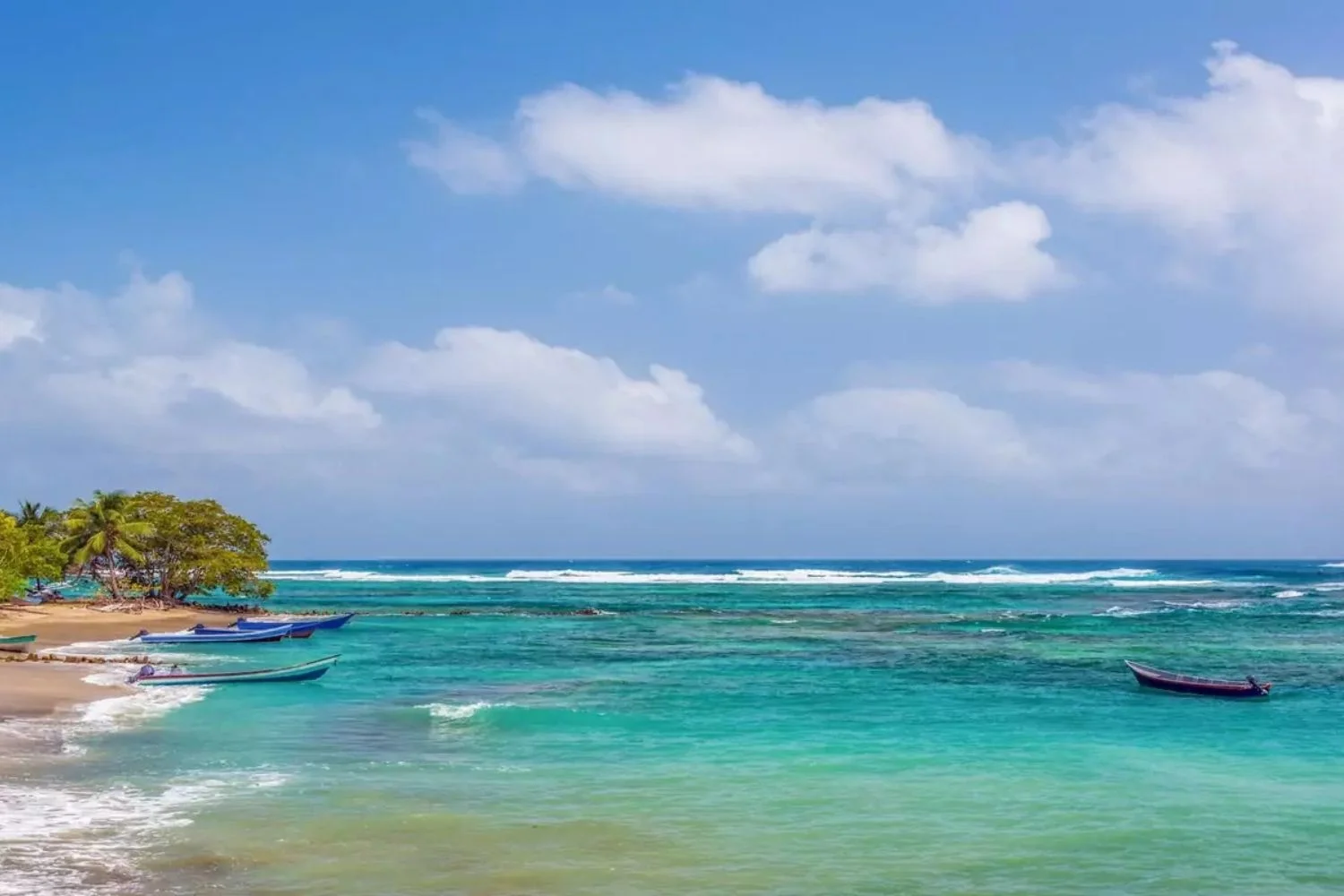
Getting There
The Pacific Coast of Colombia is accessed by air. Satena operates non-stop flights between Bogotá’s El Dorado Airport (BOG) and Bahía Solano (BSC) on Mondays, Wednesdays, Fridays, and Sundays. Flight time is approximately 45 minutes. Rain delays are not uncommon.
Start your journey today
LANDED delivers the finest in custom, private travel to Central America, South America, and Antarctica. These regions are our passion; we know them first-hand and by heart. Speak with one of our travel designers and let us create a tailored itinerary for you in Colombia’s Pacific Coast.
How to combine Colombia's Pacific Coast
Have some extra time? Here are some options for you to combine with.

